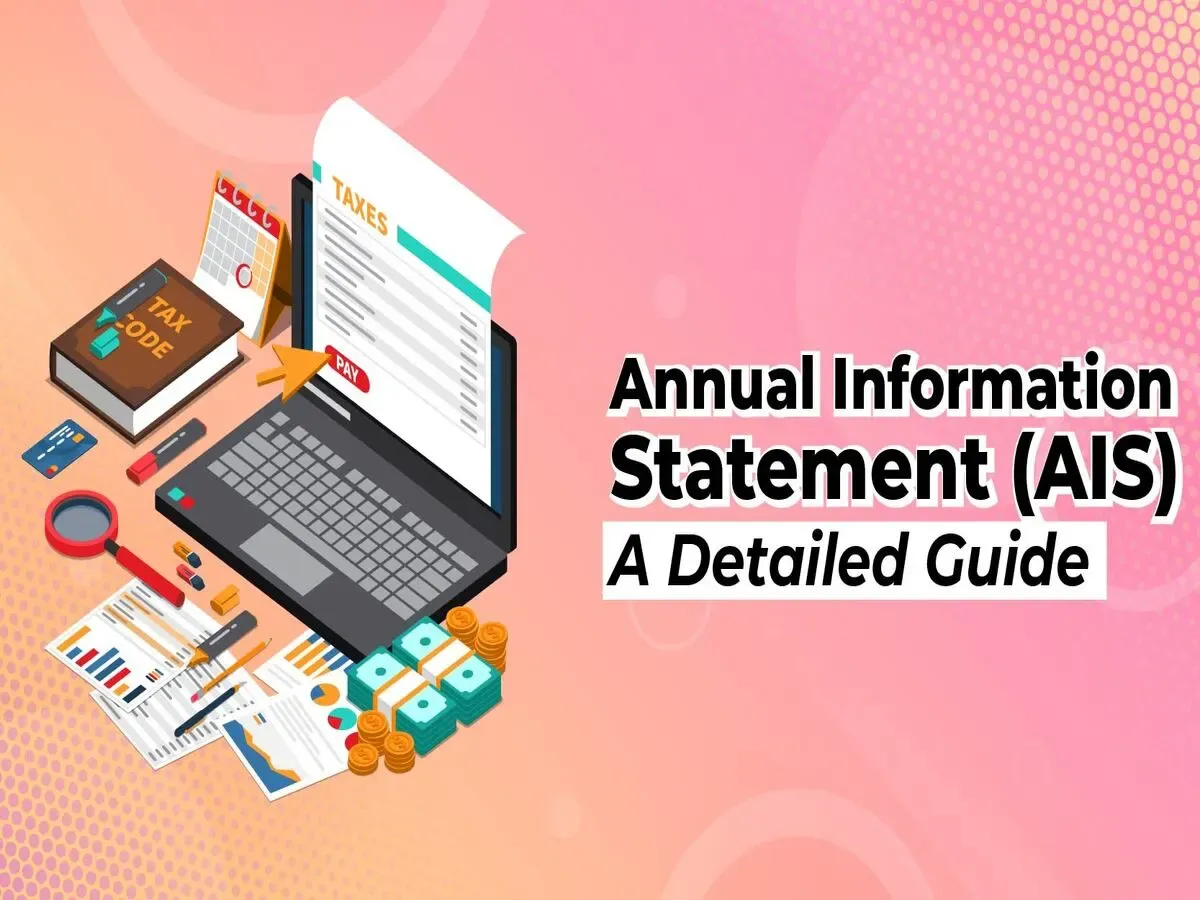Personal Finance News
A comprehensive guide to Annual Information Statement - Access, features, how to read and feedback mechanism
.png)
6 min read | Updated on June 28, 2024, 20:25 IST
SUMMARY
Annual Information Statement (AIS) produced by the Income Tax distils the boring tax filing process into a single comprehensive summary of all financial transactions made by taxpayers.

A comprehensive guide to Annual Information Statement - Access, features, how to read and feedback mechanism
Have you ever faced challenges when trying to obtain all financial documents for tax purposes? Annual Information Statement (AIS) issued by the Indian Government is the answer. This facilitates easy tax clearance each year; as such, it represents a centralized location where income information from different bodies concerning oneself is available in case of need. In this article, we will take you through everything about AIS.
What is an Annual Information Statement (AIS)?
The Annual Information Statement (AIS) is a document introduced by the Income Tax Department. It provides taxpayers with a summary of their financial transactions for the mentioned assessment year. This includes details of income earned, expenses, investments, and others.
The purpose of AIS is to help taxpayers accurately file their income tax returns and calculate their tax liability. It also allows the tax department to verify the accuracy of taxpayers' filed returns by providing a comprehensive overview of their financial activities linked to their PAN (Permanent Account Number). AIS is accessed through the Income Tax Department's compliance portal.
Features of Annual Information Statement (AIS)
-
Part A: Includes basic personal information such as PAN number, Aadhar number, Date of Birth, mobile number, email address, and residential address.
-
Part B: Contains financial details like TDS\TCS information, SFT (Statement of Financial Transactions), tax payments, refunds (if any), and other financial data.
Taxpayer Information System (TIS)
TIS within AIS displays financial activities for the assessment year, such as salary received, interest earned, and investments in securities and mutual funds linked to your PAN.
Access to Past Records
AIS is available for previous years, allowing users to select different financial years and review information associated with their PAN.
Downloading Options
Users can download their AIS in PDF format for easy reference. Financial details can also be downloaded in Excel sheets, facilitating data analysis and tax return preparation.
Feedback Mechanism
AIS includes a feedback feature where users can provide input or raise concerns about the information in their statements. This helps in grievance redressal and improves data accuracy.
Here, the basic pre-requisite is that you should have registered your PAN on the Income Tax portal (which requires basic details relating to you). Here are some series of steps that you can follow to check your Annual Information Statement (AIS)
- Log in to the Income Tax portal using your PAN as User ID and your password at www.incometax.gov.in.
- On the dashboard, Go to ‘Services’ and locate the AIS option.
- Click on AIS, which will redirect you to the AIS homepage on the Compliance Portal. Proceed as prompted.
- On the AIS homepage, you will find instructions and functionalities related to the Annual Information Statement. Review these instructions.
- Access your Annual Information Statement (AIS) and Taxpayer Information Statement (TIS) after selecting the desired financial year. Your basic details like Name, PAN, AADHAR number, and Date of Birth will be displayed.
- Download the AIS/TIS as needed.
What are the different types of information shown in AIS?
AIS is like a wider version of form 26AS, AIS shows information that can be vital for filing of return of income, AIS provides detailed information about your financial activities, which helps file your income tax returns. AIS is divided into two parts:
Part A: General Information Personal details such as PAN number, Aadhar number, Date of Birth, mobile number, email address, and residential address.
The Income Tax Department allows users to provide feedback and report concerns about transactions listed in the Annual Information Statement (AIS). If a user believes a transaction is incorrect, they can correct it by giving feedback on the Income Tax compliance portal. Feedback can be submitted online or using the offline tool provided by the Income Tax Department. Here are the steps to follow for giving feedback:
If you find an error in your AIS or Form 26AS, the Income Tax Department has provided FAQs to help clarify issues. The AIS contains information available to the income tax department from various reporting entities required to report high-value transactions. Sometimes, data for a specific period may be missing or not updated.
Conclusion Taxpayers should review all related information and ensure their income tax returns are complete and accurate. If there is a mismatch between AIS and the return, taxpayers should use the feedback mechanism to report and correct errors. Failure to rectify mismatches may be seen as underreporting income, leading to penalties and interest. The AIS helps taxpayers and the department by summarising information sources, making it easier to file income tax returns.
By signing up you agree to Upstox’s Terms & Conditions
About The Author
Next Story

